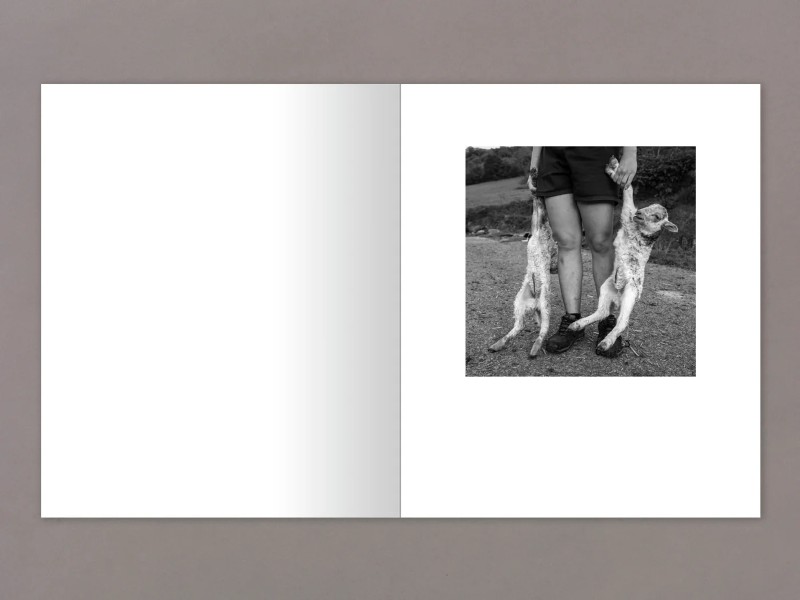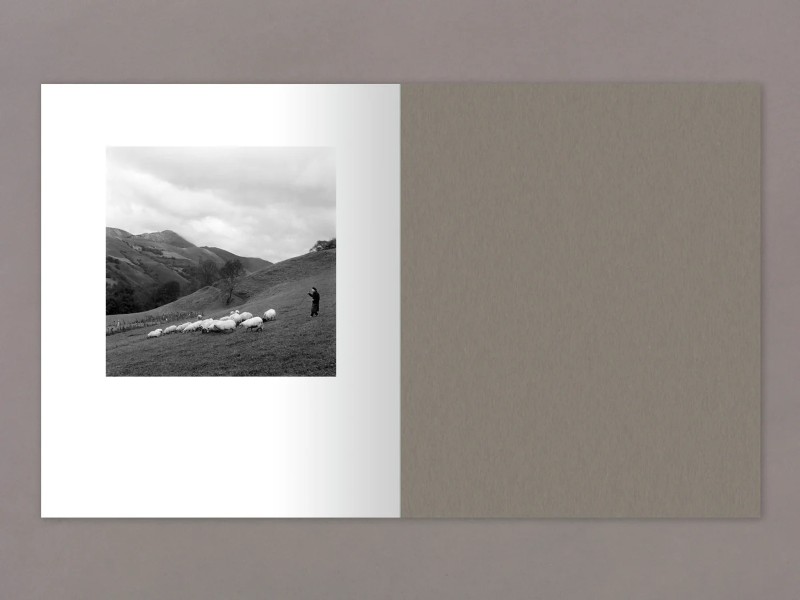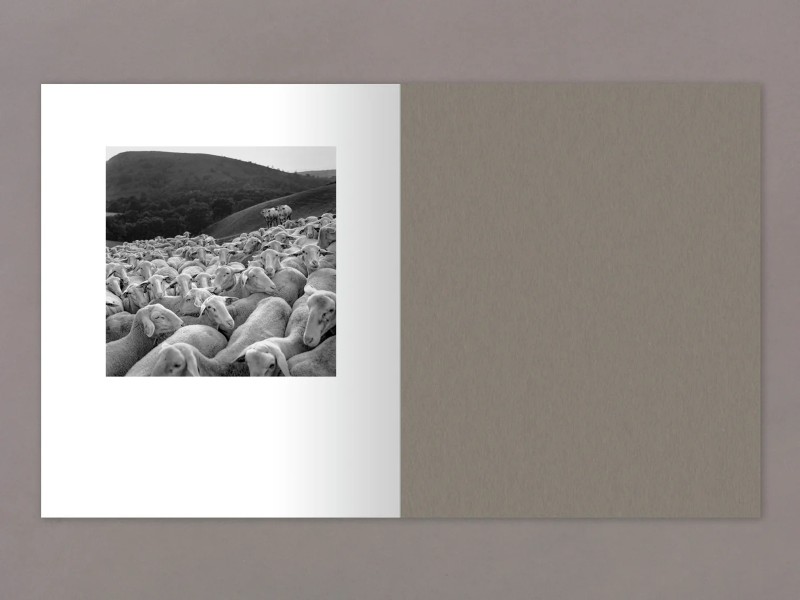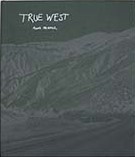Anne Rearick franchit néanmoins cette barrière brumeuse en mettant le pied pour la première fois, en 1990, dans le petit village de Donibane Garazi (Saint-Jean-Pied-de-Port). Depuis, et depuis plus de 30 ans, Rearick est revenue à maintes reprises, établissant un lien profond avec les habitants au fil des générations. Et c’est là que réside la force du travail de Rearick : un sentiment profond et sincère pour les personnes qu’elle photographie. Ce n’est pas un romantisme naïf, mais un regard ouvert, tendre et généreux, caractéristique de son travail de longue haleine et de sa vision humaniste de la photographie. Sa compréhension honnête du travail de la photographe est évidente dans ses compositions carrées, où concentration de vision et subtiles nuances de noir et blanc s’harmonisent pour transmettre non seulement la beauté du pays basque, mais aussi la réalité de ses terres brutes et de son monde rural que nous voyons évoluer au fil des décennies.
Gure Bazterrak, qui si elle était facile à traduire les nuances de la langue basque, pourrait être transcrit comme « notre terre », est la représentation de l’attachement viscéral des habitants à cette terre, et est le chant d’amour de Rearick pour ceux qu’elle a aimés et aime encore là.
Anne Rearick nevertheless crossed this misty barrier by setting foot for the first time, in 1990, in the small village of Donibane Garazi (Saint-Jean-Pied-de-Port). Since then, and for more than 30 years, Rearick has returned again and again, establishing a deep bond with the inhabitants over generations. And therein lies the strength of Rearick’s work: a deep, sincere feeling for the people she photographs. It’s not naive romanticism, but an open, tender and generous gaze, characteristic of her long-term work and her humanist vision of photography. Her honest understanding of the photographer’s work is evident in her square compositions, where concentration of vision and subtle black and white tones harmonize to convey not only the beauty of the Basque country, but also the reality of its raw land and of its rural world we see evolving over the decades.
Gure Bazterrak, which if it were easy to translate the nuances of Basque language, could be transcribed as « our land », is the representation of the visceral attachment of the inhabitants to this land, and is Rearick’s love song to those she has loved and still loves there.































